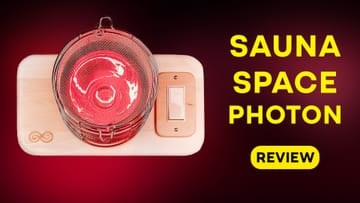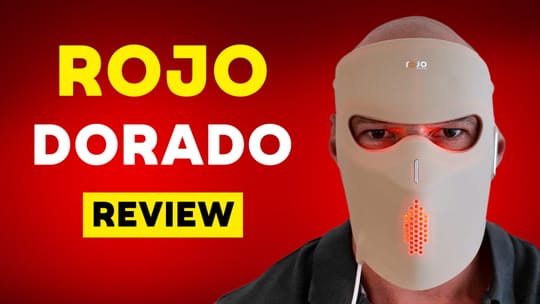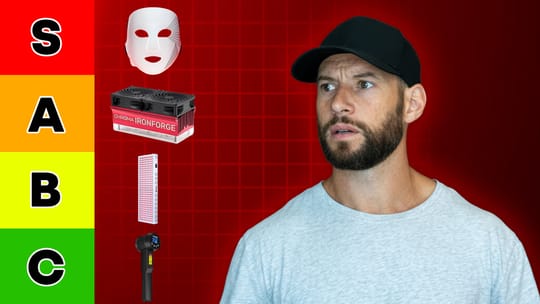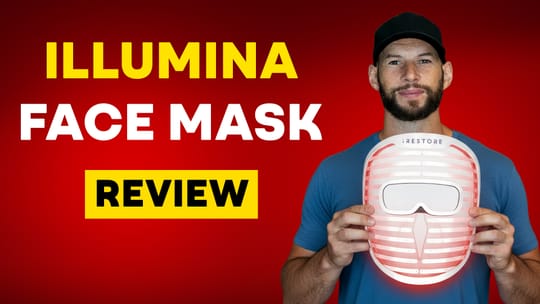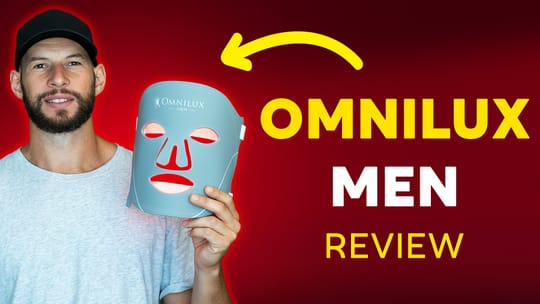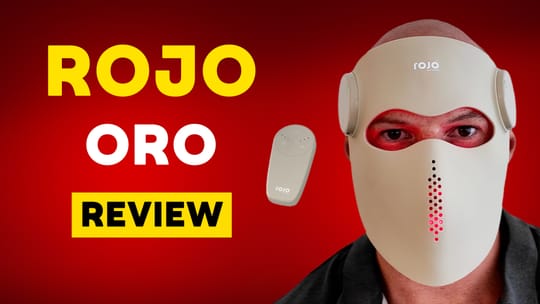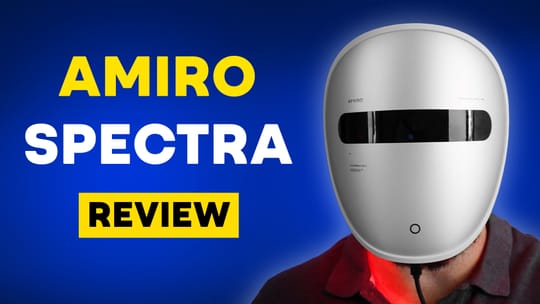Red light therapy has taken the wellness world by storm, with countless devices flooding the market. Today, we explore the Recharge Health FlexBeam a targeted, portable device designed for individuals seeking effective and convenient solutions for pain relief, recovery, and overall well-being.
This review covers everything from the unboxing experience to the FlexBeam’s functionality, advantages, and drawbacks. By the end, you’ll clearly understand whether it is the right fit for your needs.
The Unboxing Experience
From the moment you open the FlexBeam box, it’s clear that Recharge Health has thought and cared about the product’s presentation. The sleek packaging features organized compartments and well-designed materials, including detailed guides and informative letters. The unboxing experience is premium and speaks volumes about the company’s commitment to quality.
This attention to detail is not typical in the red light therapy space. Many devices come in plain packaging with minimal documentation, so it is refreshing to see a product that feels high-value from the start.
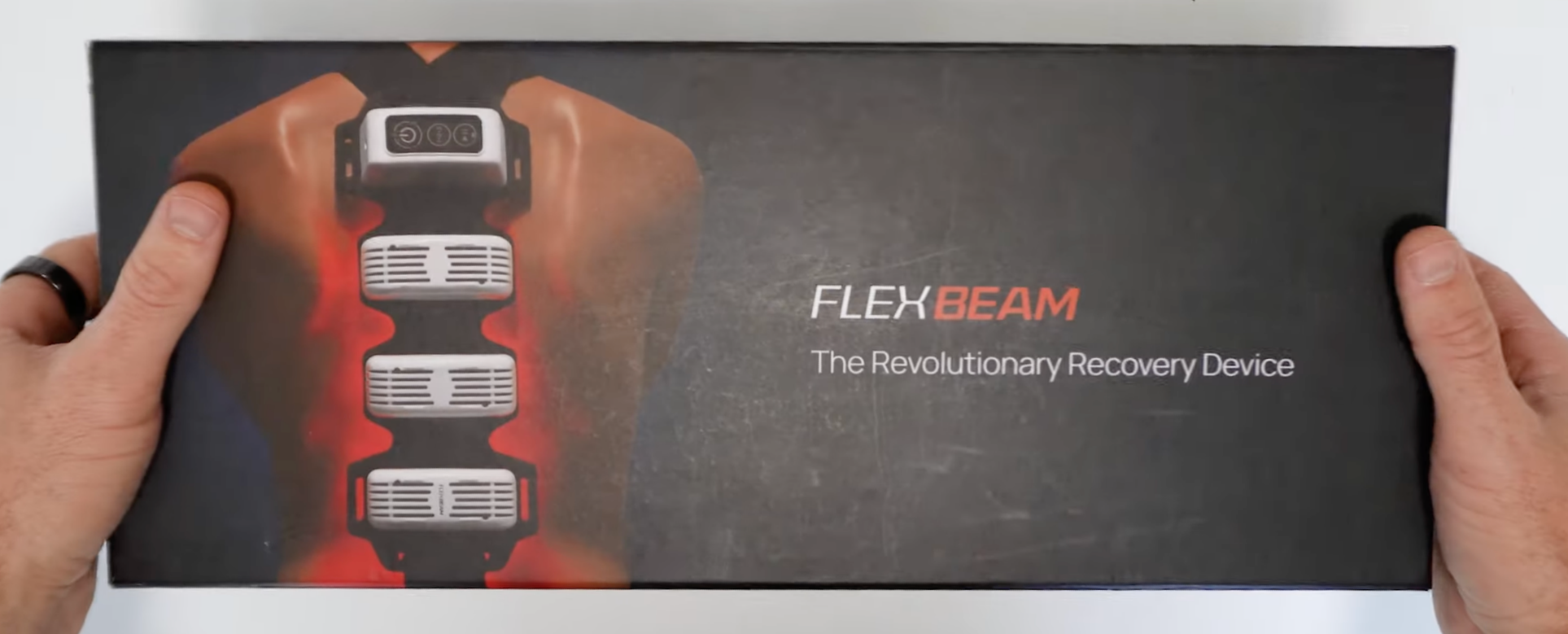
Informative Manuals and Guides
One of FlexBeam's standout features is its comprehensive manual. The manual covers how to use the device and delves into the science behind red light therapy. It explains the mechanisms of action, provides historical context, and provides specific applications for issues like immune function, recovery, and joint health.
This is a game-changer for those new to red light therapy. It’s reassuring to have detailed, science-backed information readily available, primarily when investing in a premium device like the FlexBeam. The guides make understanding the “why” behind the technology easy, adding confidence to your purchase.
Design and Build Quality
The Flexbeam is not a generic, rebranded product. It’s designed in-house from the ground up, reflecting thoughtful engineering in every detail—from the boxing to the device itself. Three-strap options (a body band, armband, and smaller bands for targeted areas) enhance its usability. These straps allow you to secure the device on various body parts, making it versatile and convenient for different treatment areas.
The straps are handy for active individuals. Whether warming up at the gym or walking around the house, the Velcro holds securely, allowing hands-free treatment.
Ease of Use
Simplicity is key with the FlexBeam. Now, four modules make up the FlexBeam. Three light modules are equipped with two near-infrared LEDs and one red light LED, with the red LED positioned centrally. The fourth module is the PowerPak Control Center, featuring intuitive, easy-to-use buttons on the back.
All these modules are connected with a flexible band, hence the name FlexBeam. This lets you treat various body areas by directly applying the LEDs to the skin. Unlike traditional panels, the FlexBeam is designed for direct skin contact, not distant treatment. This close-contact design minimizes light wastage due to reflection, ensuring that more light is absorbed directly into the body.
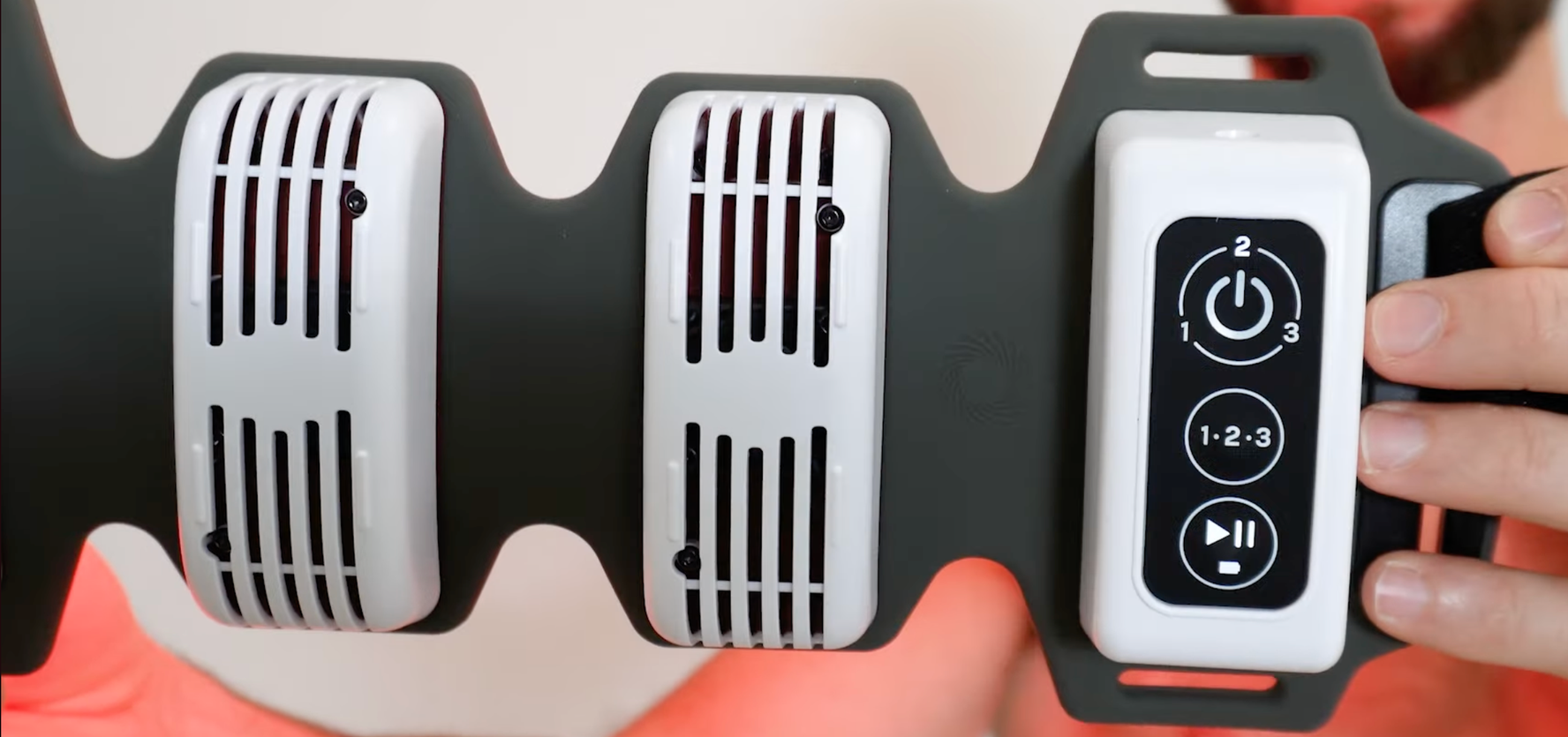
This design supports more precise dosing protocols, making the device especially appealing. It offers three built-in modes tailored to specific needs:
- Skin and Surface Treatment Mode: Features more red light for superficial applications.
- Muscle and Tissue Mode: Combines red and near-infrared light for medium-depth treatments.
- Deep Tissue and Joint Mode: Provides a high concentration of near-infrared light for deeper penetration.
Each session runs for a preset 10 minutes. Operating the device is straightforward—turn it on, select your mode, position it on the treatment area, and let it work for 10 minutes.
This manual provides step-by-step instructions for many different situations, making it easy for anyone, whether a beginner or an expert.
The device is also battery-powered, freeing you from the constraints of being tethered to a wall. A full charge takes about two hours and provides six to eight sessions, making it an excellent option for travel or on-the-go use.
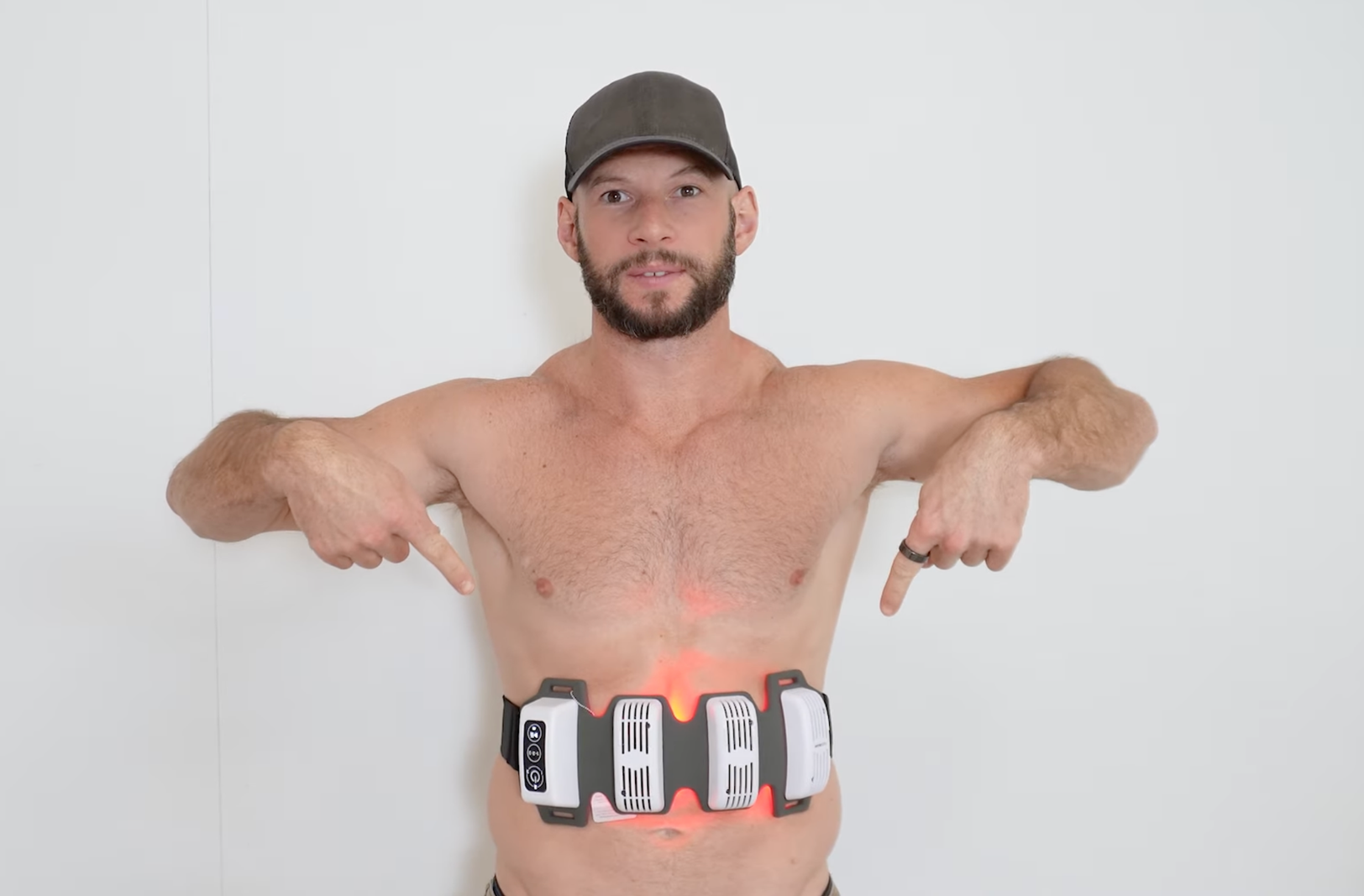
Wavelengths
Red light therapy works best when delivered at the correct wavelength and intensity. It helps reduce inflammation, improve recovery times, alleviate pain, and support skin health and beauty. So, how does the Flexbeam perform in this area?
I tested the device’s performance in preset mode two using a spectrometer. The manual claims the FlexBeam emits 630nm red light and a near-infrared range of 810nm to 850nm.
My findings show a peak around 635nm for the red light, which aligns closely with the stated 630nm. Near-infrared light peaks at about 807-808nm, consistent with the claimed 810nm. However, there’s very little energy reaching 850nm—most of the effective range lies between 780nm and 820nm, with the peak at 810nm. While 810nm is a fantastic wavelength, especially for joint health and muscle recovery, the absence of significant 850nm output is a surprising discrepancy from the manual’s claims.
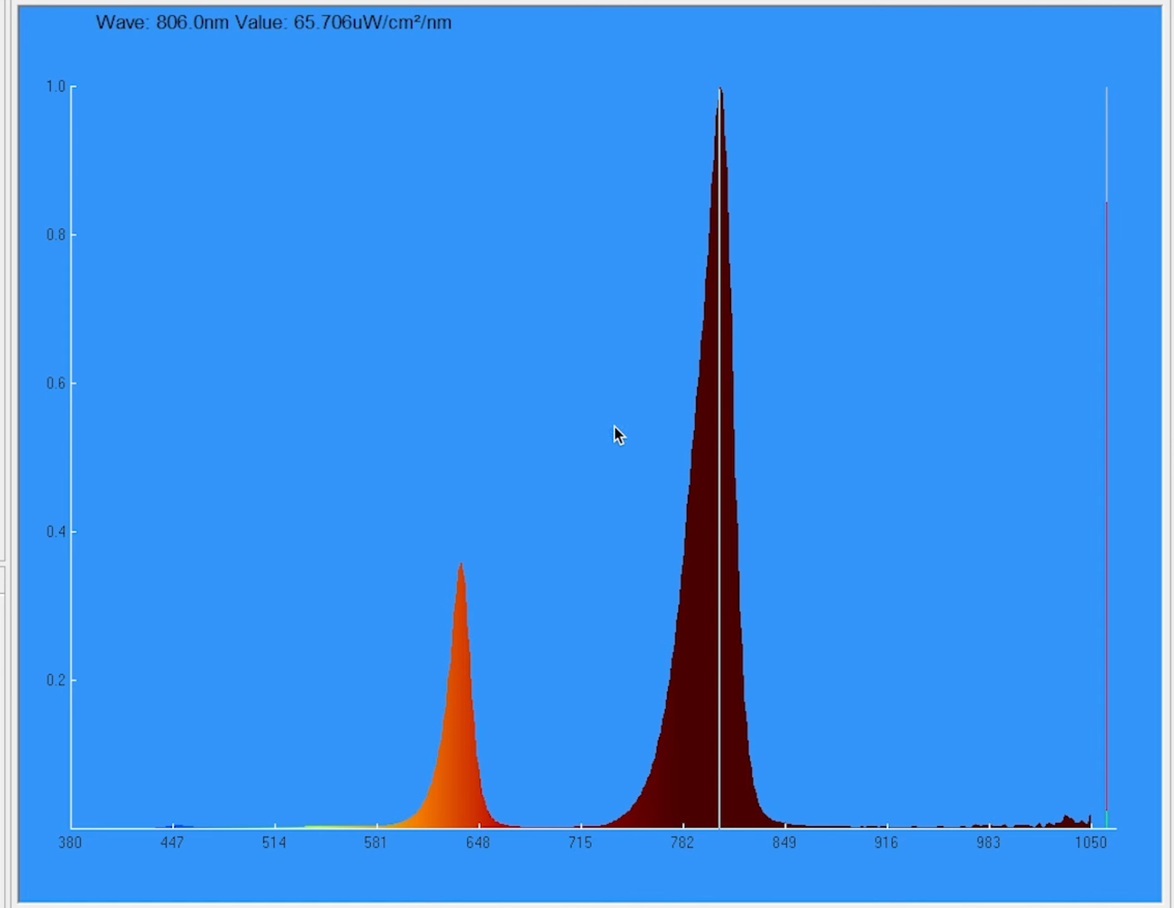
Power
The FlexBeam uses pulsed light, which makes measuring irradiance challenging. The manual states a pulse rate between 0% and 100% duty cycle, but we can only estimate without knowing the exact pulse rate. Measurements varied from 3mW to 400mW at the source, with many readings in the 20mW to 30mW range. Although these figures are helpful, the complexity of measuring pulse requires caution when interpreting them.
Battery and Warranty Life
The Flexbeam has a decent battery life for a portable device. At a full charge, it can last for six to eight 10-minute sessions. Recharging only takes about two hours, which is fast. This makes it perfect for people who need a portable option they can use anywhere.
FlexBeam ships worldwide with a generous 5-year warranty and a 60-day return policy. The 5-year warranty is impressive, especially for a battery-powered device with open vents. This level of coverage is rare in the red light therapy market and shows Recharge Health’s confidence in its product. In fact, during an interview, one of the co-founders stated that this warranty is exceptional compared to other devices.
My interview with Dr Bjørn Ekeberg's
However, the manual makes an interesting point about the product’s expected lifespan. It estimates that the battery will last approximately 2.5 years or around 600 charging cycles, which equates to roughly 9,000 applications. If you use the device three times a day, that’s about 1,000 applications per year, which theoretically extends the battery’s usability to nine years.
A 5-year warranty combined with detailed transparency about the battery’s lifespan provides a good balance of reassurance and realism. Users can likely contact Recharge Health for support if the battery shows signs of wear before the warranty period ends.
This robust warranty coverage and clear battery expectations make the FlexBeam an excellent choice for those seeking a portable red light therapy device without long-term durability concerns.
Sound
The FlexBeam makes a bit of noise. It was about 59 decibels, 6 inches from the device, so it’s not silent. It’s higher than many red light therapy panels.
It’s a fan noise, not the irritating grating noise that some panels emit. So, if you plan on using this in a quiet space, keep that in mind. It will be evident that something is running.
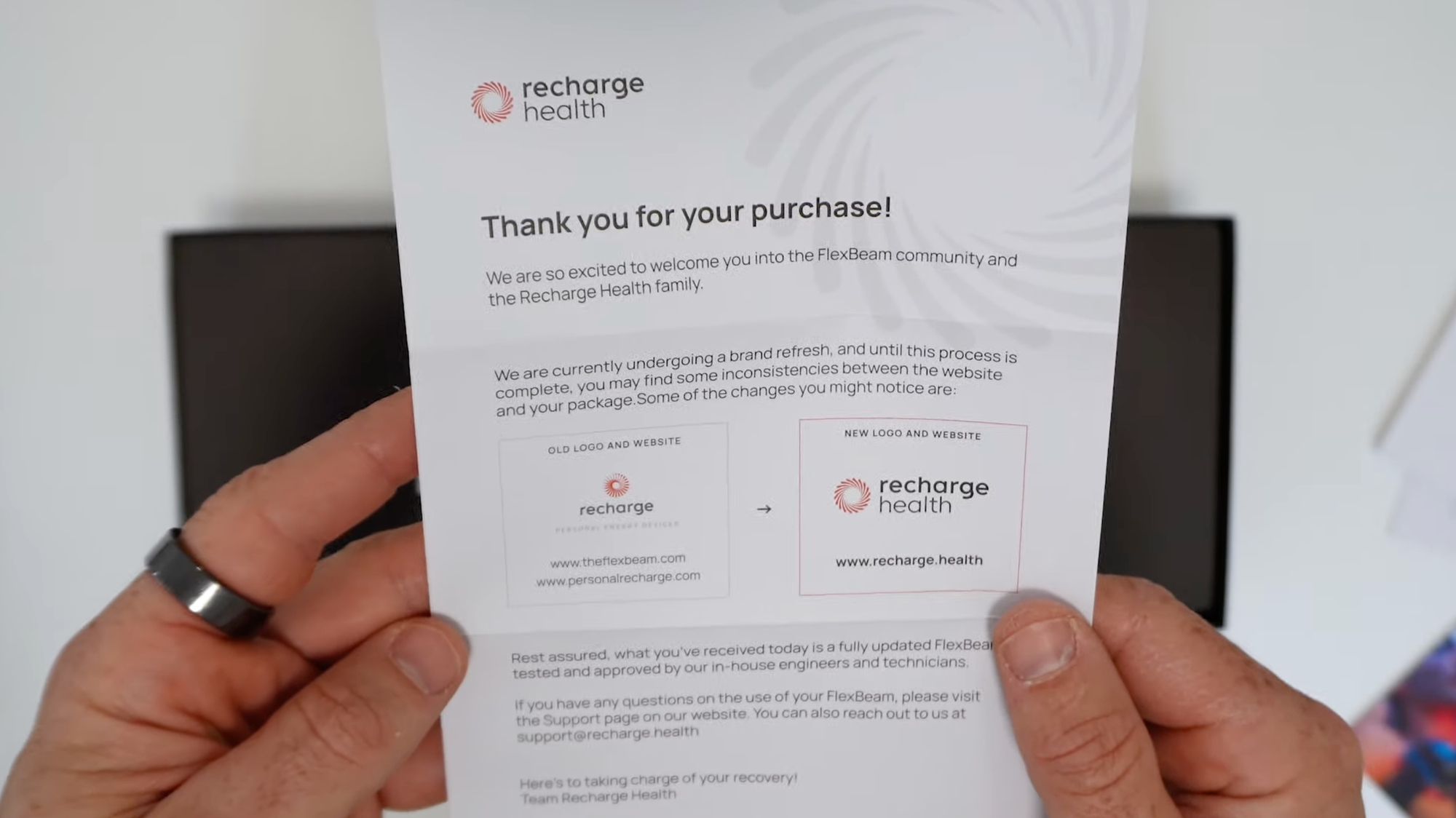
What I Like About the Recharge Health FlexBeam
Regarding the Recharge Health FlexBeam, several standout aspects make this device a pleasure to use.
Exceptional Unboxing Experience
When you open the box, you can tell you’re dealing with a premium product. The thoughtful packaging design, which includes several small letters, guides, and other elements, immediately grabs your attention. It’s not just about the product itself—it’s the entire presentation.
The attention to detail and care put into the unboxing experience give you confidence that you’ve purchased from a company that values its customers and takes pride in offering high-quality, premium products. I wish more red light therapy panels came with this level of finesse.
Informative and Educational Manuals
The included manuals aren’t just your typical “how-to” guides. They delve deeply into the science of red light therapy, covering its history, mechanisms of action, and applications for various issues like immune function, recovery, and joint health. This is invaluable, especially for newcomers to red light therapy or those gifting the device to someone unfamiliar with its benefits.
When you’ve spent $500 on a device, it’s reassuring to have a comprehensive resource explaining the “why” behind its use. Combined with the supporting website and membership program, this adds value to the package.
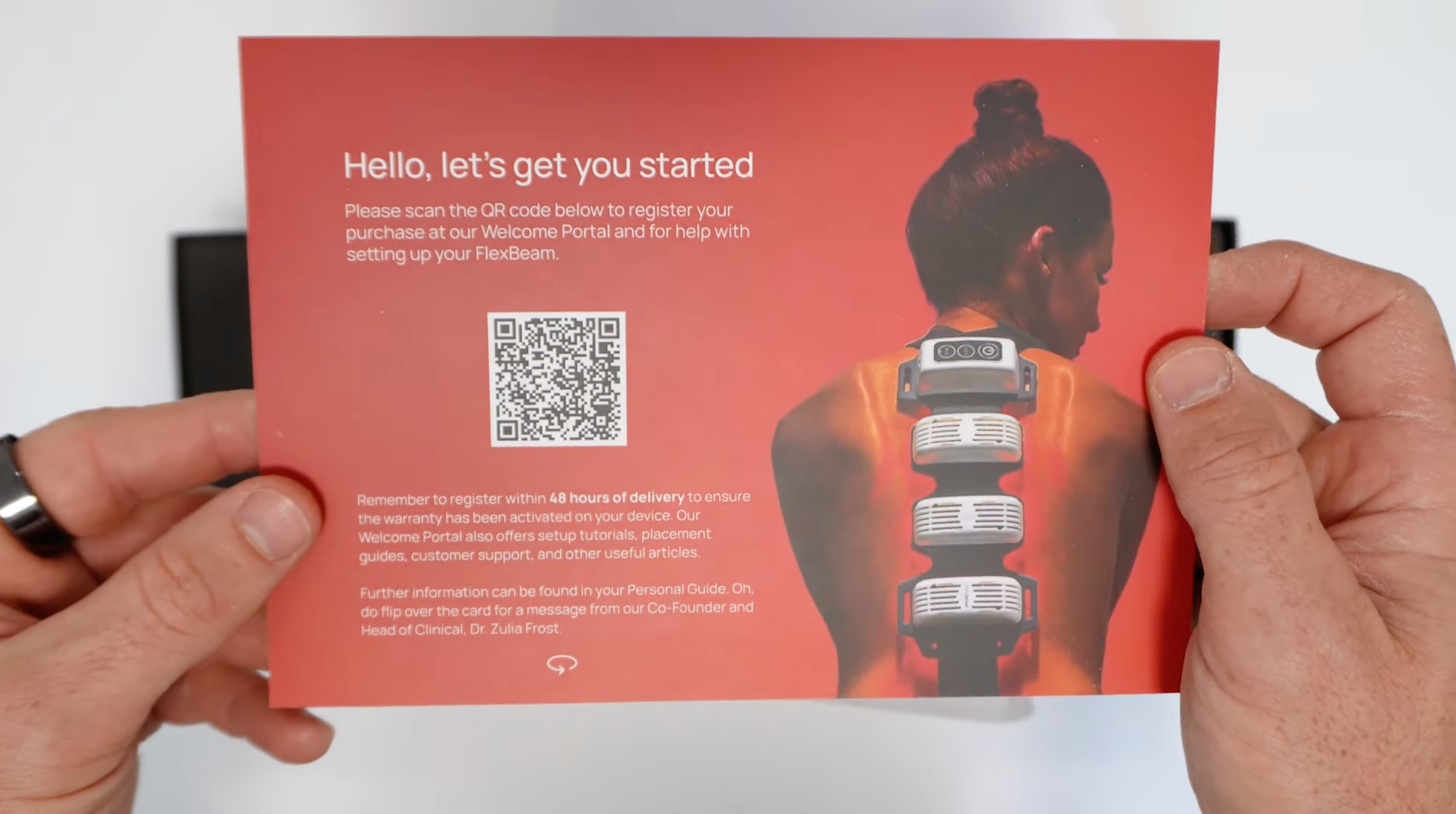
Thoughtful, In-House Design
The FlexBeam was carefully designed, with attention to detail. It’s not a generic product with a logo. The designers thoughtfully considered every aspect, from boxing to straps. This attention to detail is evident in how the device feels and functions.
This level of thoughtfulness includes three different strap options: a body band, an armband, and smaller bands for specific areas. These straps make the device versatile for various body parts and ensure it stays securely in place, whether moving around the house, warming up, or cooling down at the gym.
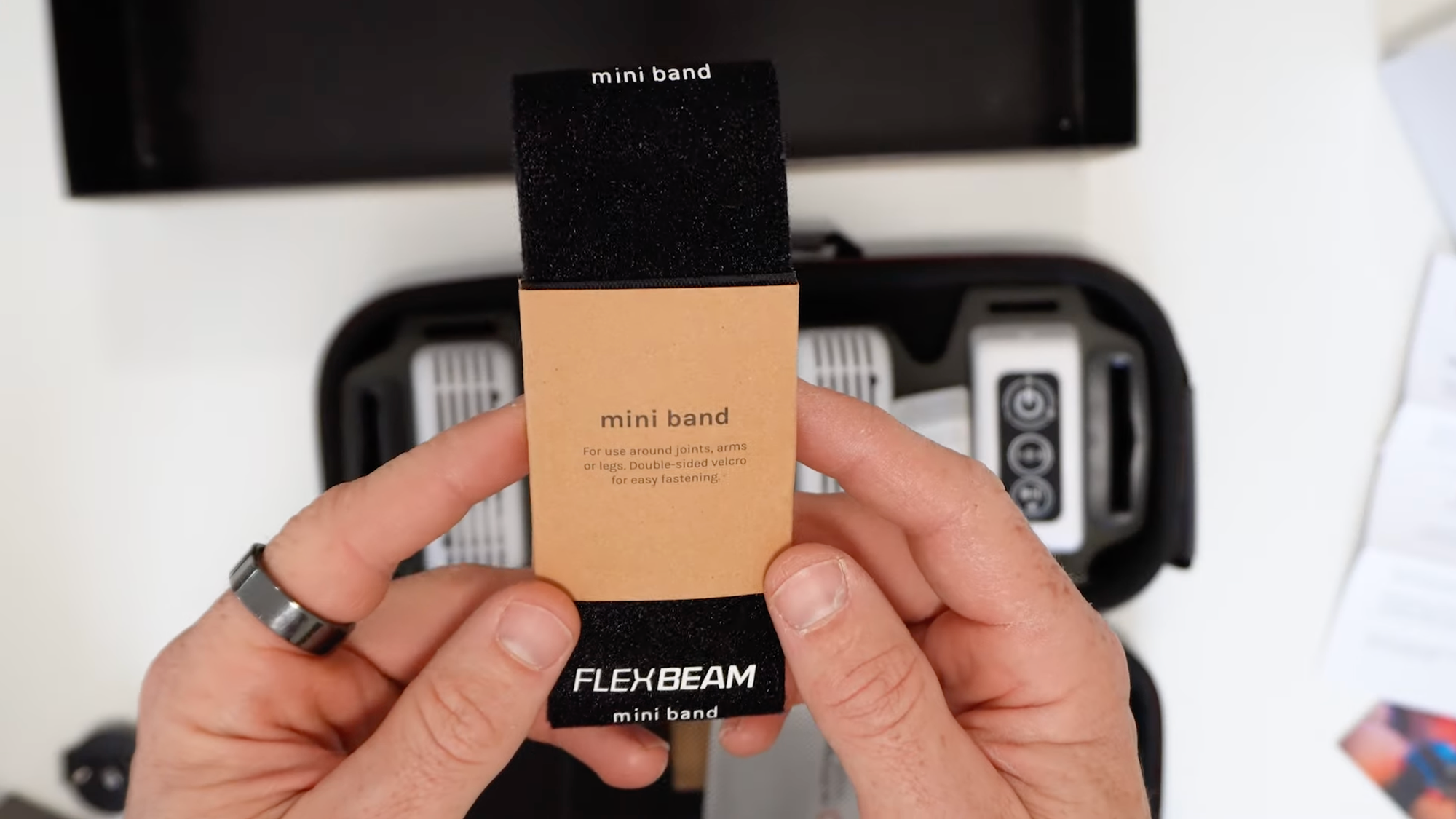
Simple and Intuitive Use
One of FlexBeam's most appealing aspects is its simplicity. You turn it on, select a mode, and hit start—no guesswork is involved. The device runs for a pre-set 10-minute session and then turns off automatically. There are no complicated settings or timers to figure out, making it a user-friendly option for anyone.
Battery-Powered Convenience
The FlexBeam’s battery-powered design adds a layer of freedom. You’re not tethered to a wall outlet, which means you can use it almost anywhere. The battery charges fully in about two hours and provides 6–8 sessions per charge, making it an excellent option for travel or on-the-go use.
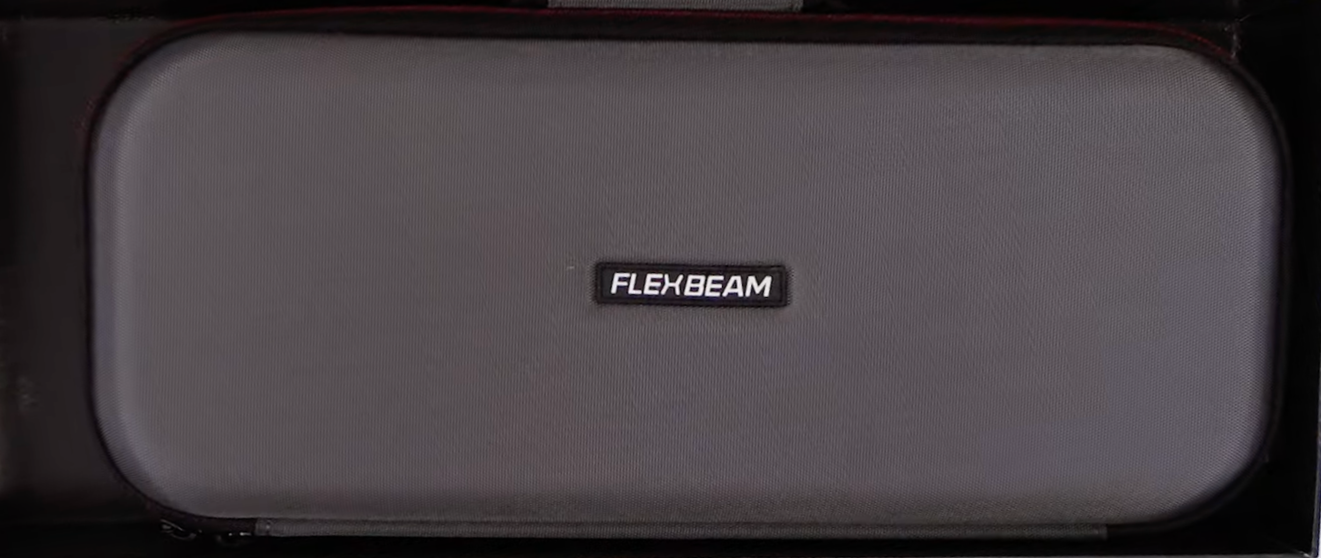
Flexible, Contoured Design
Unlike rigid panels, the FlexBeam bends and contours to your body. Whether you’re treating your shoulder, back, or another area, the flexibility ensures you get targeted coverage where you need it most.
Thoughtful Wavelength Selection
The FlexBeam uses high-quality wavelengths, including 630nm for red light and 810nm for near-infrared light. While I couldn’t detect 850 nm in my testing, the wavelengths it includes are solid choices for therapeutic use.
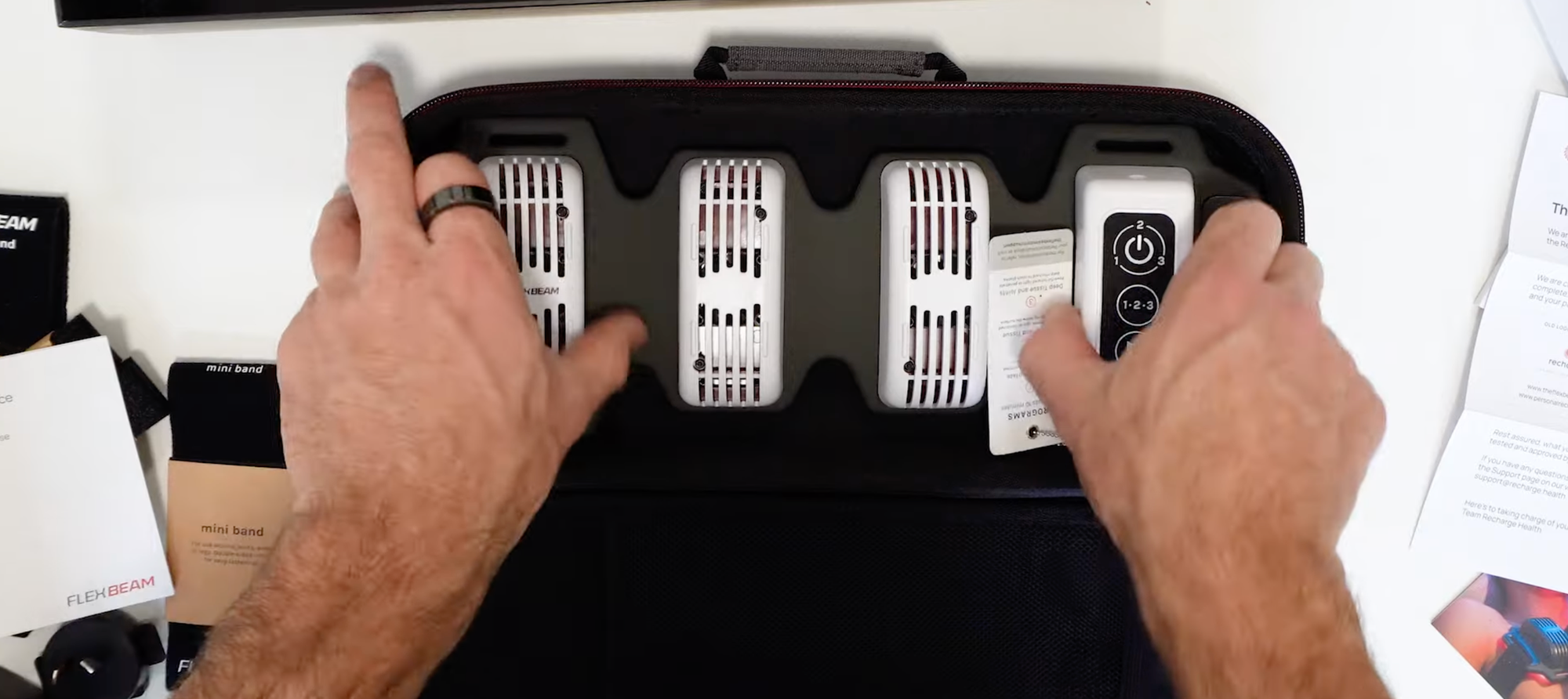
Additional Perks
Other features include the impressive 5-year warranty, HSA and FSA reimbursement eligibility, and the optional pro membership program. These benefits enhance the product's overall value and usability.
What I Dislike About the Recharge Health FlexBeam
Despite its many strengths, the FlexBeam has a few shortcomings.
Limited Number of LEDs
The most glaring issue is the limited number of LEDs—only nine. Each module includes two near-infrared LEDs and one red LED, which is disappointing for a device of this size and price.
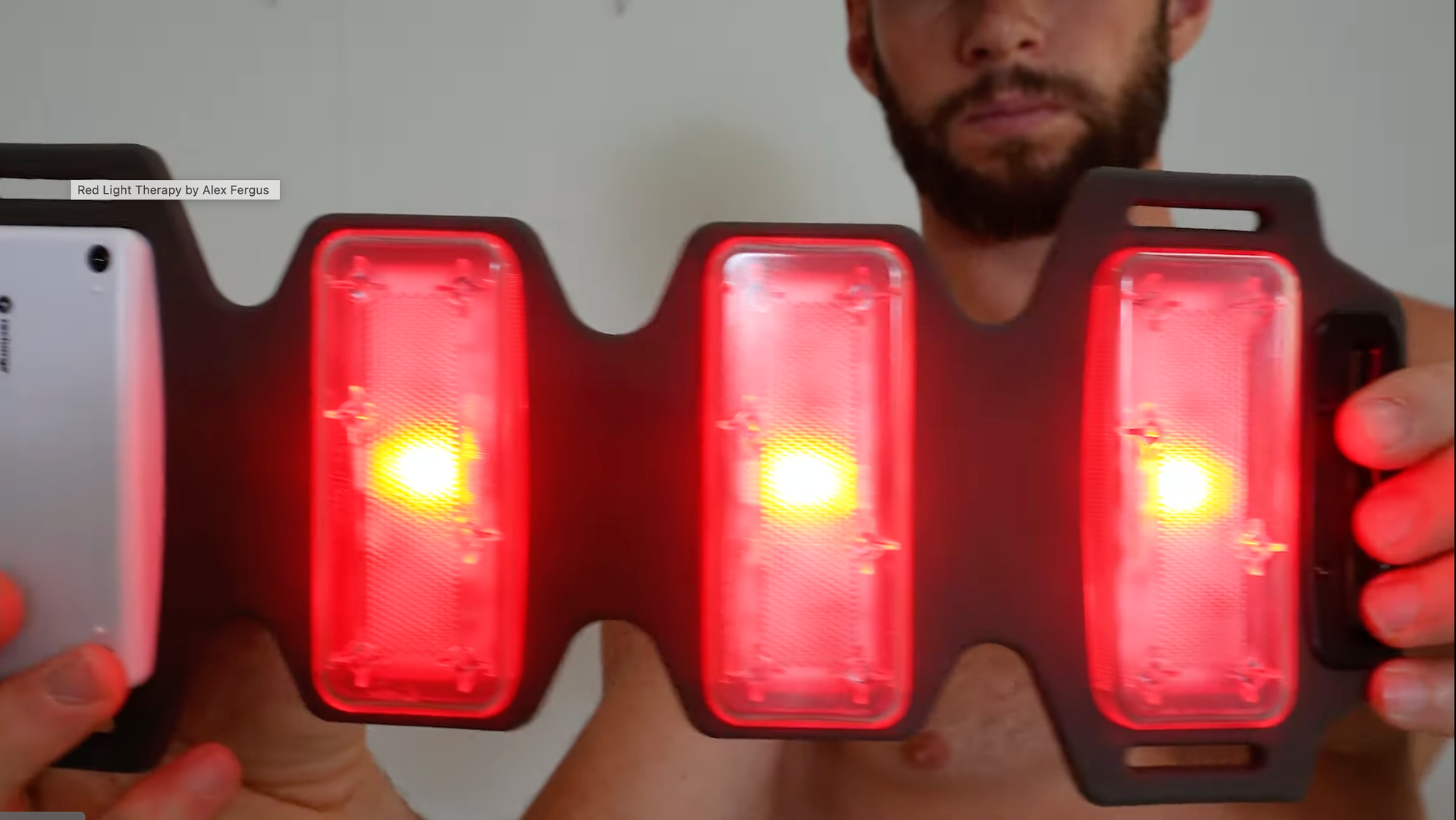
The LEDs are spaced in a way that creates dead zones. This means that the light is not evenly distributed across the surface. When the device is used directly on the body, it creates concentrated light spots with gaps in between. Although red light therapy has systemic benefits, the design of this device feels limiting, especially considering it is marketed as a targeted solution.
Size and Dead Space
The device's overall size exacerbates dead space. If you use it on your back, stomach, or large area, you only treat specific points, leaving much of the surface unutilized. Light spreads out more evenly at a distance, but this device is designed for close contact, making the dead zones more noticeable.
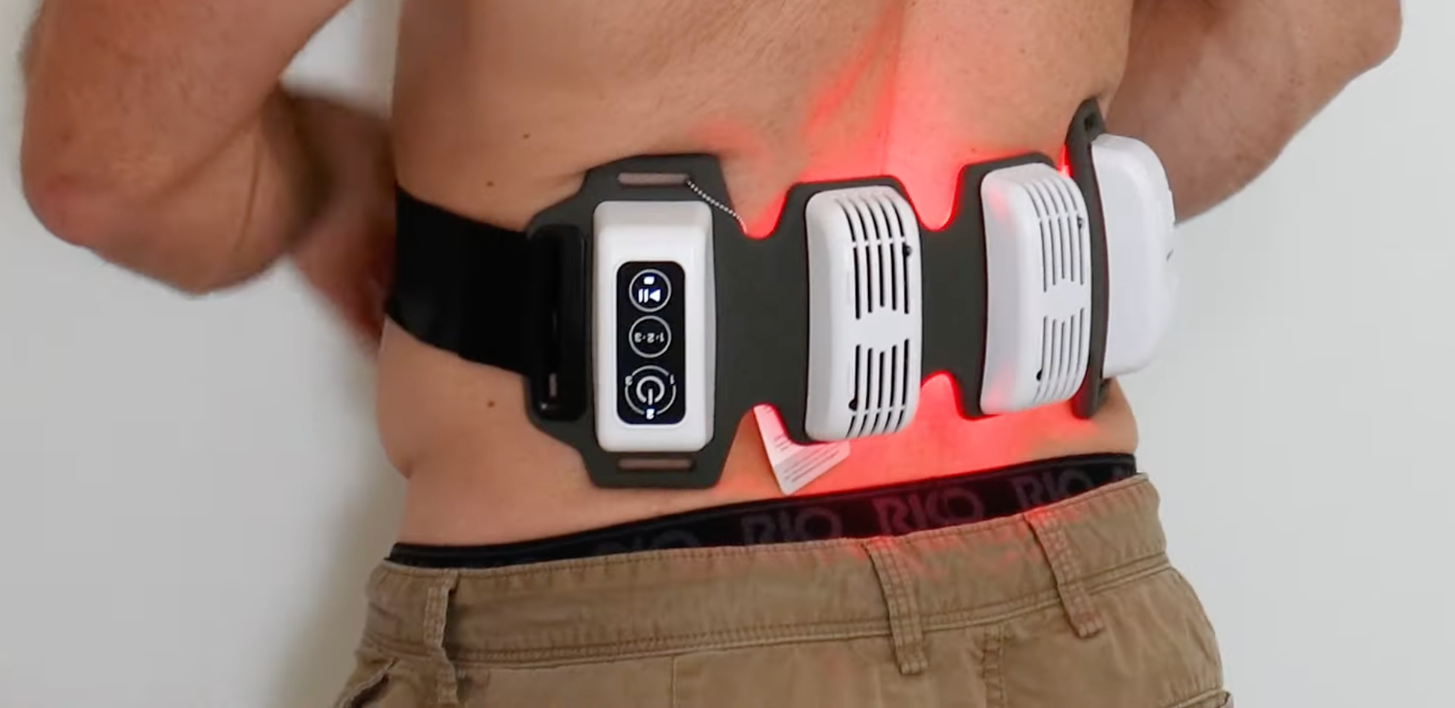
Price Point
While the build quality, packaging, and included resources somewhat justify the cost, the price is still a sticking point. At $500, it competes with other devices that offer significantly more LEDs and more extensive treatment areas for a similar price—or even less. For example, tabletop panels with 90–120 high-powered LEDs can cover larger areas like the back or stomach while delivering comparable power.
Questionable 850 nm Output
In my testing, I couldn’t detect any 850nm light from the FlexBeam despite this being a marketed feature. This is concerning, whether it was because of a defective device, a change in design, or an issue with my meter. It raises questions about quality control and whether other marketed specifications, like irradiance figures, are accurate.
Comparisons to Competitors
Compared to alternatives like the Mito Mobile Flex, which is also battery-powered, the FlexBeam looks less competitive. The Mito Mobile Flex, for instance, has 12 LEDs, similar wavelengths, and a more compact design, all at half the price. While the FlexBeam offers unique features like its flexible design and straps, it’s hard to ignore these differences.
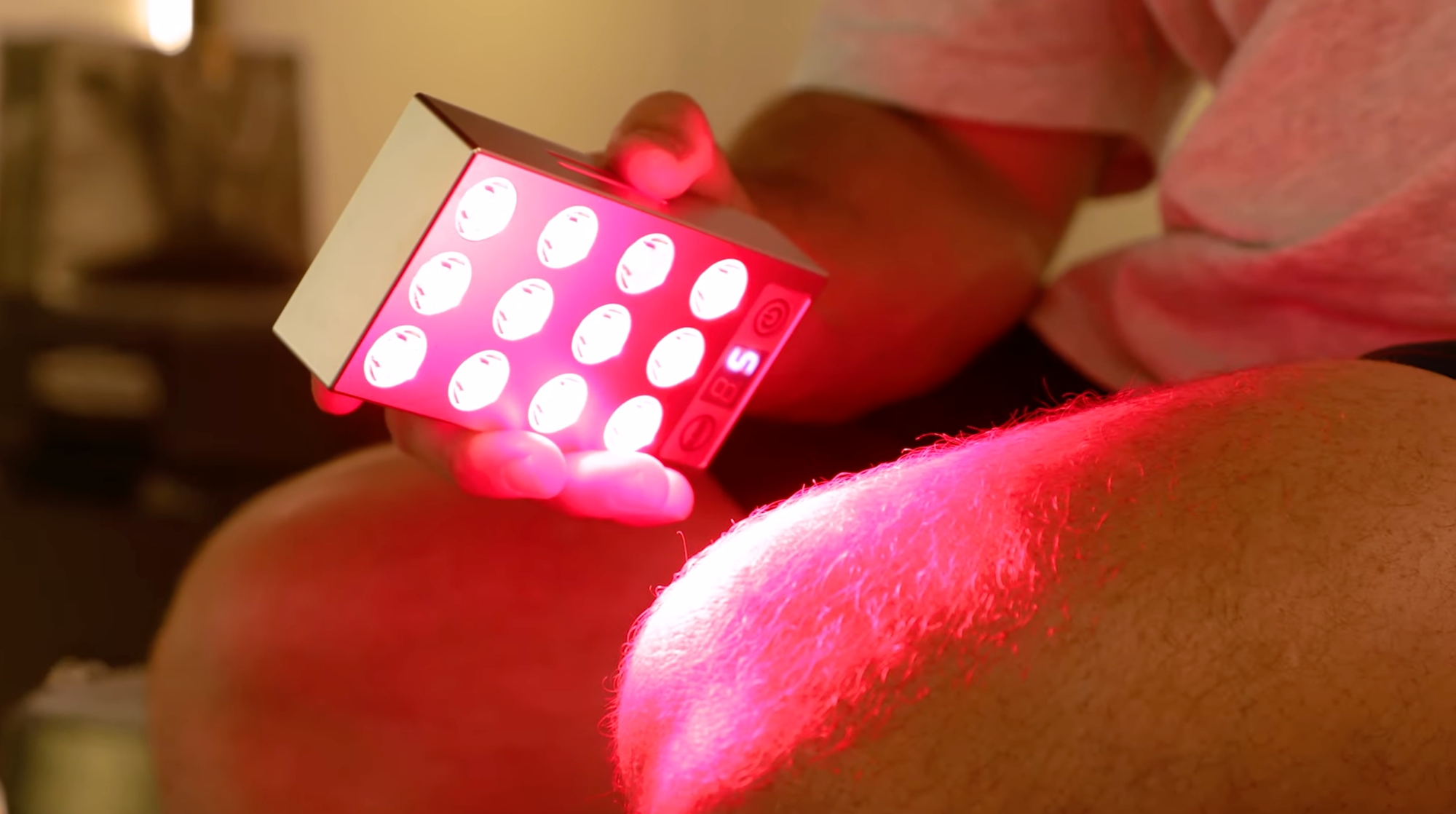
Ideal Users
The FlexBeam is an excellent choice for:
- Travel Enthusiasts: Its portability and battery-powered operation make it a convenient companion for on-the-go treatments.
- Red Light Therapy Beginners: The straightforward design and informative guides make it accessible for first-time users or those buying it for family members.
- Targeted Treatment Needs: If you’re looking for a device to address specific areas rather than full-body therapy, the FlexBeam fits the bill.
Comparisons with Competitors
Lumaflex
The Lumaflex is a flexible, waterproof pad designed for versatility. While it offers water resistance, its power output is lower than FlexBeam's and comes at a higher price point.
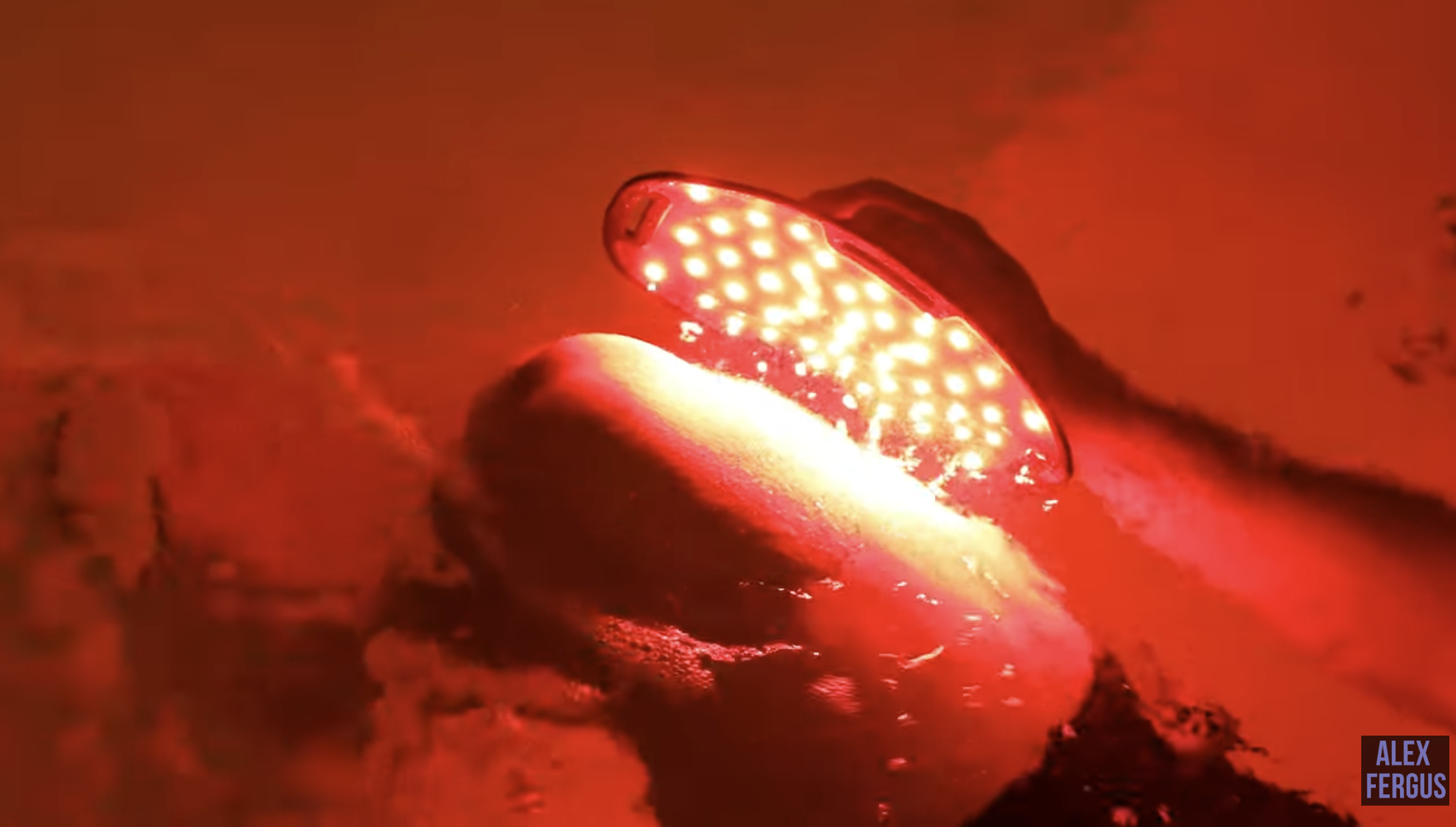
Chroma Ironforge
The Chroma Ironforge device boasts 150 LEDs and exceptional power, which makes it ideal for targeted treatments. However, it’s bulky, tethered to a wall, and significantly more expensive.
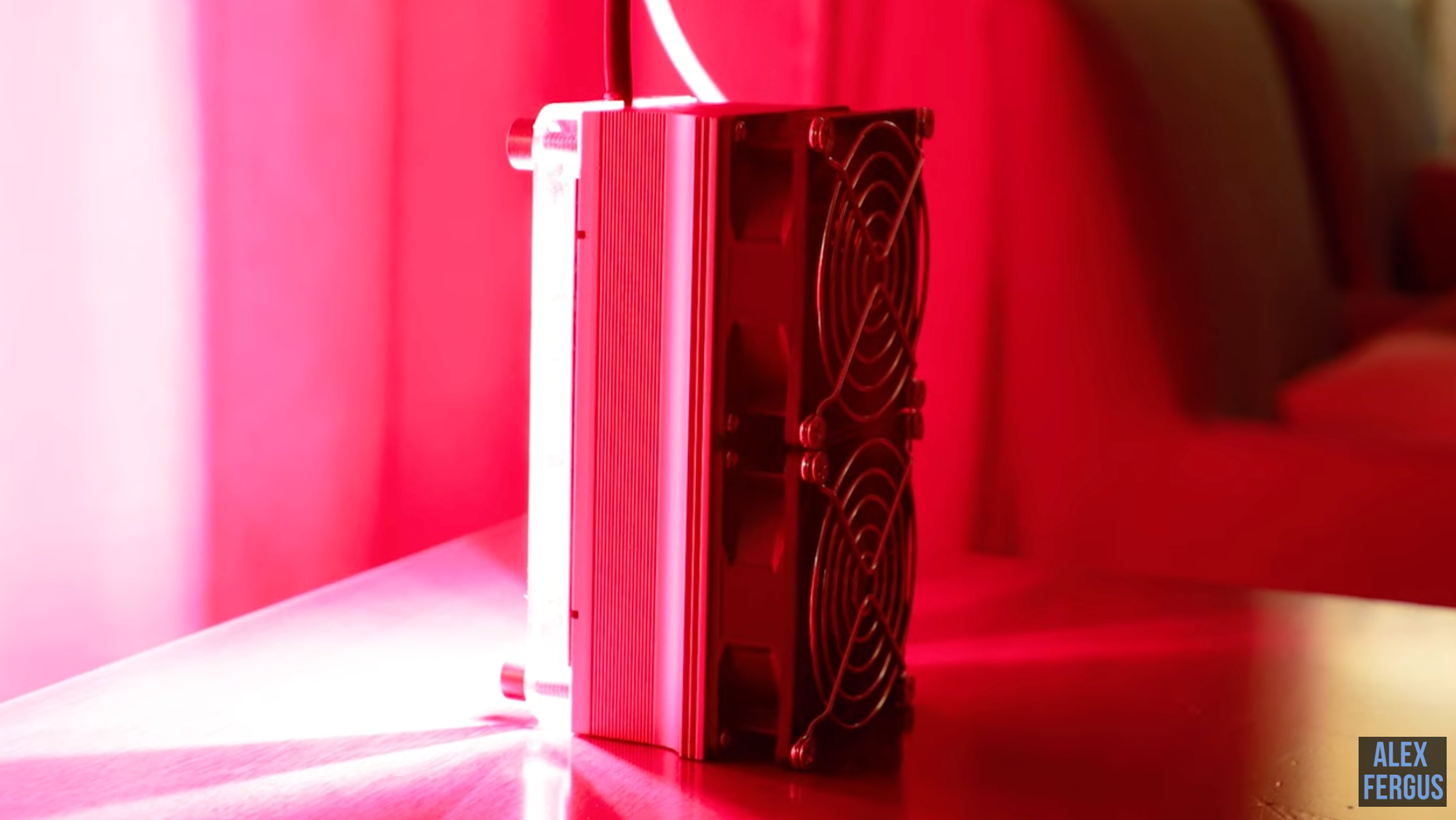
Kineon Move+ Pro
The Kineon Move+ Pro offers modular design and laser technology, with functionality and pricing similar to the FlexBeam. Its smaller size and portability make it a worthy competitor despite lacking FlexBeam's broader coverage.
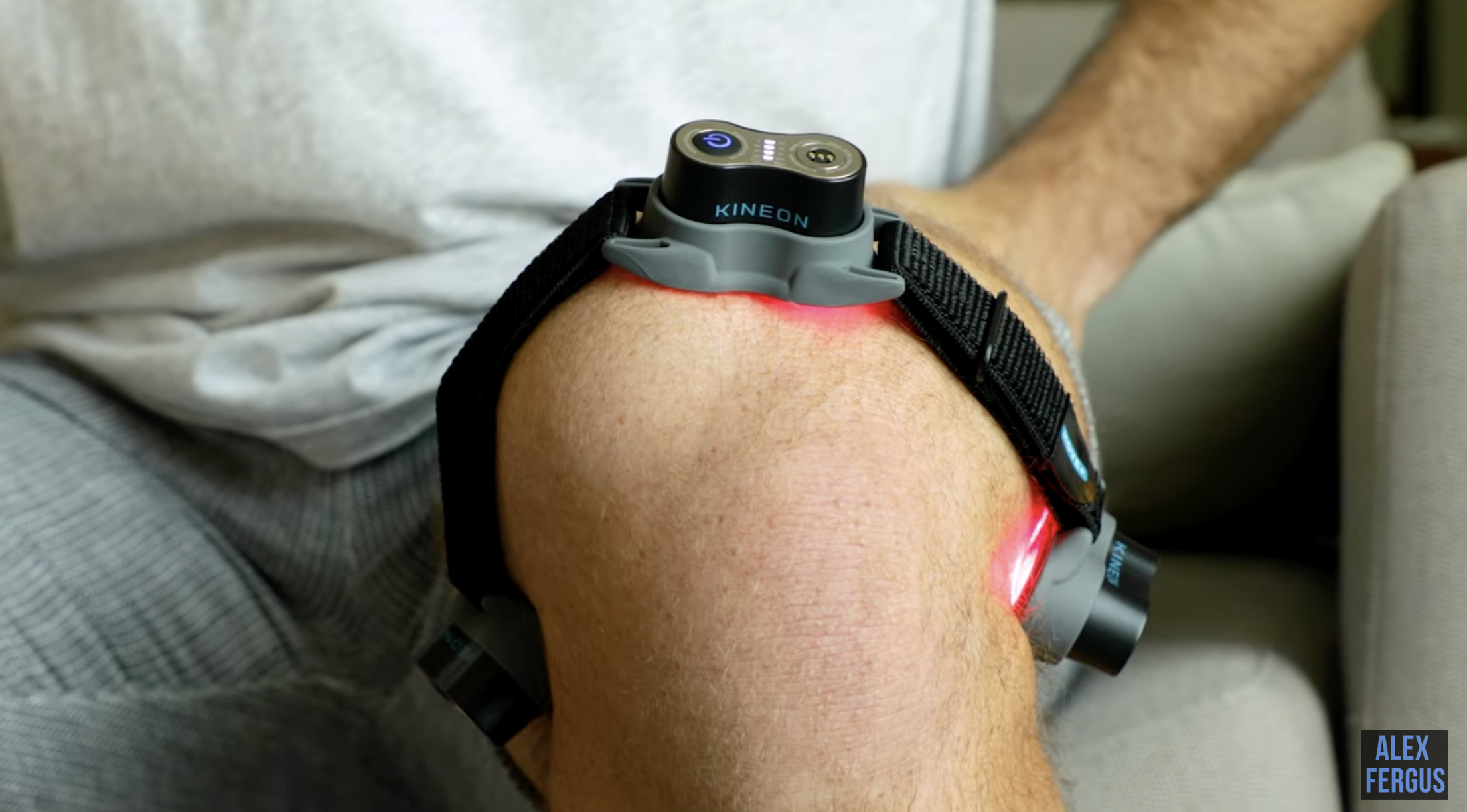
Mito Red Light's Mito Mobile Flex
The Mito Mobile Flex is a battery-powered panel that is portable and affordable. It has more LEDs and a higher power output. It's excellent for broader treatment areas but lacks the targeted design and straps of the FlexBeam.
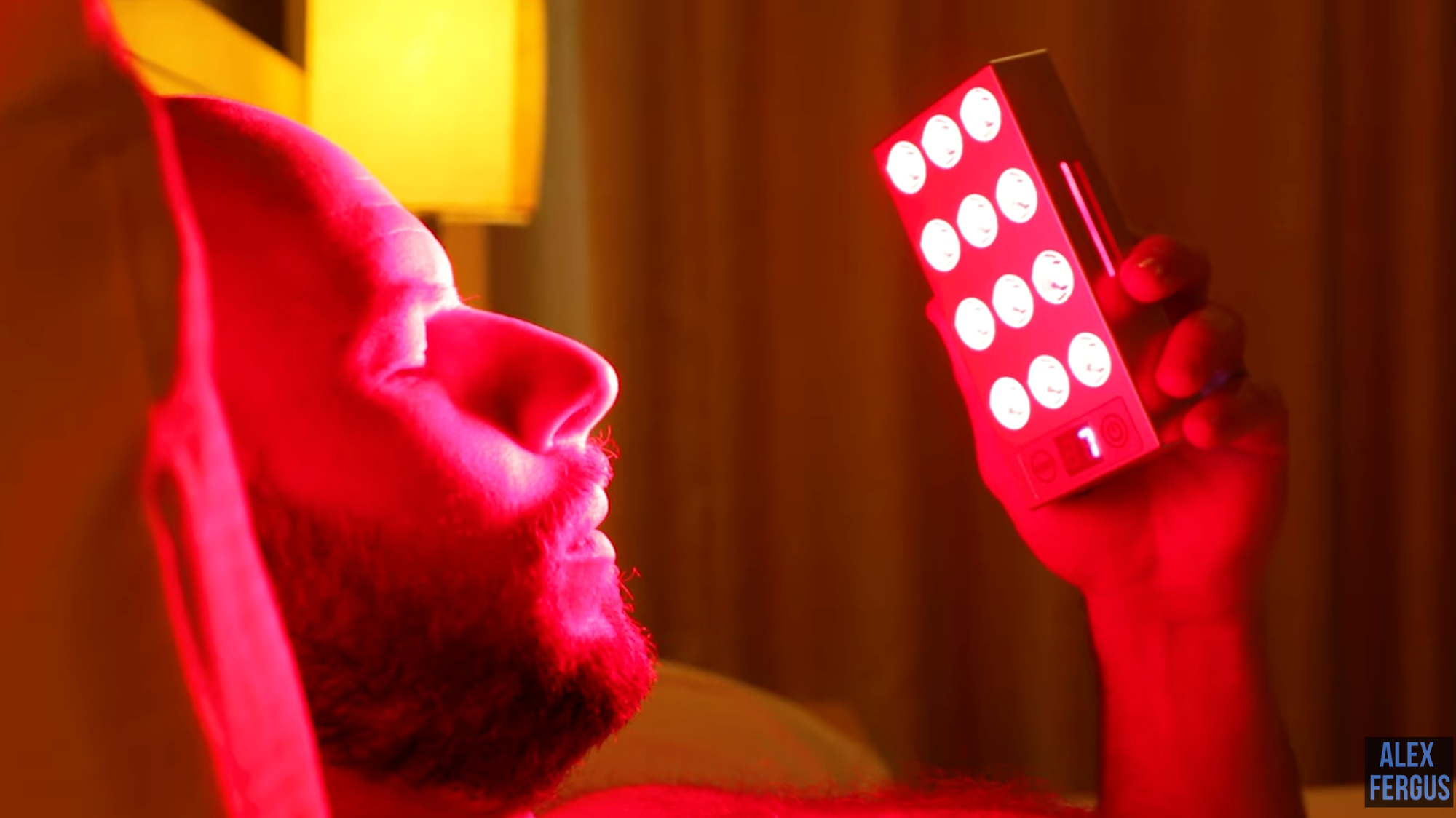
Final Thoughts
The Recharge Health FlexBeam is a well-designed, easy-to-use device that excels in portability and targeted treatment. While it has some limitations, such as its limited LED count, battery life, and price point, it offers unique advantages that make it a compelling option for specific use cases.
If you’re looking for a high-quality, user-friendly red light therapy device that’s perfect for travel or targeted treatments, the FlexBeam is worth considering. Be sure to weigh its pros and cons against your needs and explore alternatives if broader coverage or higher power output is a priority.
Items Mentioned In This Article
Flexbeam- use this link: https://aferg.co/flexbeam and code ALEX
LumaFlex - use this link: https://aferg.co/lumaflex and code ALEX
Kineon-use this link: https://aferg.co/kineon and code AFERGUSMOVE
Chroma - use this link https://aferg.co/chroma and code ALEX
MitoRed Light -use this link: https://aferg.co/7d221 , The discount code is generated after you click the link.
Consider These YouTube Videos As Well:
⭐ Targeted Red Light Treatment = Full-Body Benefits?
⭐ Lightpath LED Torch Review: Innovative Spot-Treatment?!
⭐ Hooga Dot Review: $79 USD Spot Treatment INNOVATION?!!
⭐ Travel Red Light Therapy: 11 ESSENTIAL Options!
Found This Interesting? Then You Might Like:
⭐ Red Light Therapy Dosing Chart: The Raw Data From Hundreds Of Studies
⭐ Does Red Light Therapy Work For Back Pain? The Interesting Answer!
⭐ Oral Wound Healing With Red Light Therapy: Innovative Advancement?
⭐ The Power Of Red Light Therapy On Mitochondria
Alex's Bio
This blog post was written by Alex Fergus. Alex is a ISSN Sports Nutrition Specialist, Fitness Professional and certified Superhuman Coach who continues to expand his knowledge base and help people across the world with their health and wellness. Alex is recognized as the National Record Holder in Powerlifting and Indoor Rowing and has earned the title of the Australian National Natural Bodybuilding Champion. Having worked as a health coach and personal trainer for over a decade, Alex now researches all things health and wellness and shares his findings on this blog.



